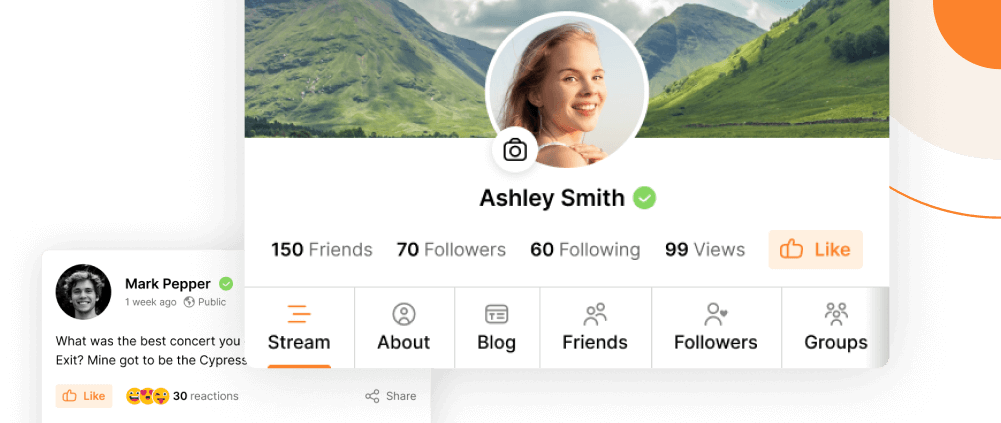Facebook has recently announced a number of updates to Trending, a feature that shows topics currently popular on the platform. Users in the US, the UK, Canada, Australia and India have been able to see Facebook trends since 2014. On the Web, they appear in the top right corner, and on mobile, the trending topics can be seen from the search bar. The updates make three changes… and they mark an important move away from the personalization that has until now defined social networks.
First, the topics will now show the headline of the leading article and the name of the publisher beneath each topic. At the moment you have to mouse over or click to see that information. Facebook will now embed it into the trending list to make it clearer. That’s a small change that improves clarity.
More significantly, Facebook is also changing how it identifies those trending topics. Instead of pulling out single articles that are winning high engagement, Facebook will now look more broadly at the number of publishers posting about the topic, and at engagement with that content as a whole. “This should surface trending topics quicker, be more effective at capturing a broader range of news and events from around the world and also help ensure that trending topics reflect real world events being covered by multiple news outlets,” Facebook says.
And finally, Facebook will no longer match the topics to the member. Instead of only showing articles that a member might like, and therefore giving every member a unique list of trends, everyone in the same region will now see the same topics. Facebook says that this is to “make sure people don’t miss important topics being discussed on Facebook that might not show up in their News Feed.”
The trends that make the list are chosen by an algorithm then checked by a team to make sure that they don’t violate community standards, and that they’re real. The descriptions will no longer be written by Facebook’s staff, but picked from the most engaging publisher with a headline that fits in the space available. Both those measures should help to counter criticism that Facebook’s employees have been suppressing conservative news. The use of groups of articles instead of single posts should also help to reduce the impact of “fake news.” In order to trend, a number of publishers will have needed to write about the subject instead of a single website in Macedonia.
But the biggest change is the move away from personalization.
Facebook’s biggest advantage has always been that it knows everything about its members and can give each of them exactly the information they find most interesting. As we discussed in a previous post, though, the result has been the creation of echo chambers. We only see the news and opinions that we agree with. Showing everyone in the same region the same topics, Facebook argues, should help to create a common, regional conversation.
That’s likely to be optimistic. More than half of Facebook’s members only access the platform on mobile devices. Most of them use it to see the posts made and shared by their friends that appear in their news feeds. They’re much less likely to turn to Search to find out what’s trending.
Builders of private social networks need to be more pro-active. We can’t depend on trending topics to open conversations .We need to be pushing subjects into streams, recommending reads and sharing videos containing different views with as many people as possible. Like Facebook, we have to be prepared to sometimes turn our backs on personalization in favor of general interest. Start at PeepSo, but push a range of content to make sure that your social network is truly social.


Reactions & comments
Comments